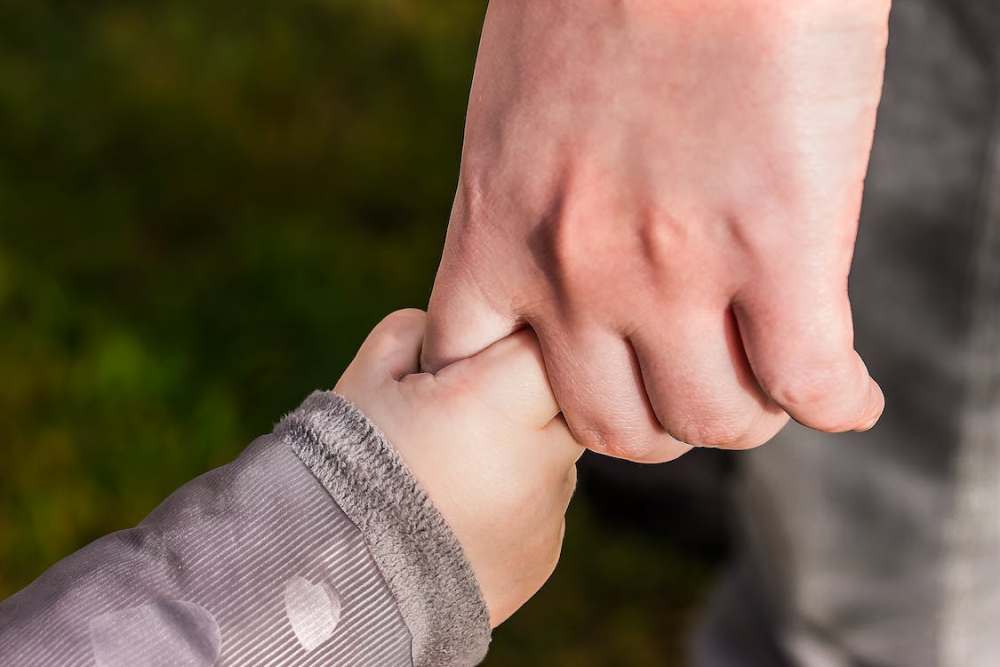Family life in America is as diverse and complex as the country itself, reflecting a rich tapestry of traditions, values, and dynamics that have evolved over time. From the traditional nuclear family to the modern blended household, the concept of family in the United States encompasses a wide array of structures and experiences. This article aims to focus on some of the most interesting facts about American family life, offering a glimpse into how people across the nation live, love, and grow together.
The Changing American Household
The traditional image of a two-parent household with children is becoming less common, giving way to a more diverse range of family structures. According to recent surveys, single-parent families, blended families, and households with unmarried partners are on the rise. This shift reflects broader societal changes, including attitudes toward marriage, cohabitation, and co-parenting roles. As America’s cultural landscape evolves, so too does its understanding and acceptance of different family configurations, each with its own dynamics and challenges.
The Role of Technology in Family Life
Technology has significantly impacted how families interact and spend time together. With smartphones, tablets, and computers becoming ubiquitous, digital communication often supplements or, in some cases, replaces face-to-face interactions. While technology has made it easier for distant family members to stay connected through video calls and social media, concerns have been raised about screen time affecting the quality of in-person family interactions. Balancing technology use with direct communication and shared experiences is a challenge many American families navigate in the digital age.
Work-Life Balance
The pursuit of a healthy work-life balance is a common challenge for American families. With both parents working in many households, finding time for family activities and responsibilities can be stressful. The U.S. is known for its demanding work culture, which often includes long hours and limited parental leave compared to other developed countries. This has sparked a national conversation about the importance of family-friendly workplace policies and the need for support systems that allow parents to balance their careers with their commitment to family life.
Multigenerational Living
Multigenerational households, where more than two generations live under one roof, are becoming more prevalent. Economic factors, cultural preferences, and caregiving needs are some of the reasons families choose to live together across generations. This living arrangement can offer practical benefits, such as shared expenses and mutual support with childcare and eldercare. It also fosters closer relationships among family members, allowing for the transmission of cultural traditions and values from one generation to the next.
The Importance of Family Meals
Despite busy schedules, many American families make it a priority to share meals together. Research has shown that family meals are associated with numerous benefits, including better nutritional intake, improved academic performance among children, and stronger familial bonds. These shared moments offer a time for connection, conversation, and the creation of lasting memories. As such, family meals remain a cherished tradition in many American households, symbolizing the importance of togetherness and communication.
Growing Diversity in Family Composition
America’s families are becoming increasingly diverse, reflecting broader societal shifts in immigration, as well as racial and cultural dynamics. Families today include a rich mix of racial and ethnic backgrounds, contributing to a multicultural tapestry that influences traditions, languages, and lifestyles. This diversity is celebrated in many communities, where cultural festivals and events are common, allowing families to share their heritage with others and fostering a sense of unity amidst differences.
Adoption and Foster Care
Adoption and foster care play significant roles in American family life, offering homes to children in need and expanding the traditional concept of family. Thousands of families each year choose to grow through adoption, welcoming children from within the U.S. and abroad. Similarly, foster families provide temporary care for children when their biological families are unable to do so, often forming lasting bonds and, in some cases, leading to adoption. These pathways to parenthood highlight the compassion and resilience of American families, embracing children and providing them with love and stability.
The Rise of Pet Ownership
Pets are increasingly considered members of the family, with a significant portion of American households owning one or more animals. Dogs and cats top the list, but families also keep birds, fish, and small mammals. The bond between humans and pets offers numerous benefits, including companionship, stress relief, and opportunities for physical activity. Pets often play a central role in family activities and celebrations, underscoring the importance of non-human companions in American home life.
Educational Involvement
American parents are deeply involved in their children’s education, often volunteering at schools and participating in parent-teacher associations. This involvement reflects a commitment to supporting children’s academic and social development, recognizing the importance of a collaborative relationship between families and educational institutions. Parental engagement is linked to higher academic achievement and better school attendance, highlighting the critical role families play in the educational landscape.
Aging Population and Family Caregiving
As America’s population ages, more families are taking on caregiving roles for elderly relatives. This often involves managing health care, providing in-home support, and making difficult decisions about long-term care. Family caregivers face challenges balancing work, personal life, and the demands of caregiving, leading to increased discussions about the need for supportive policies and resources. Despite these challenges, caregiving strengthens family bonds and emphasizes the value placed on intergenerational support within American families.
Conclusion
Through the lens of these interesting facts, we gain a deeper appreciation for the diversity and richness of family life in America. It’s a reminder of the strength found in unity, the beauty of diversity, and the profound impact of nurturing environments on the well-being of society.



